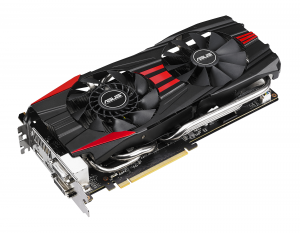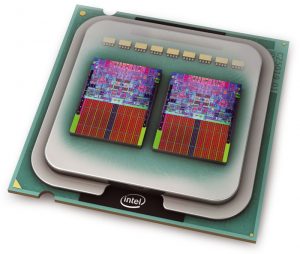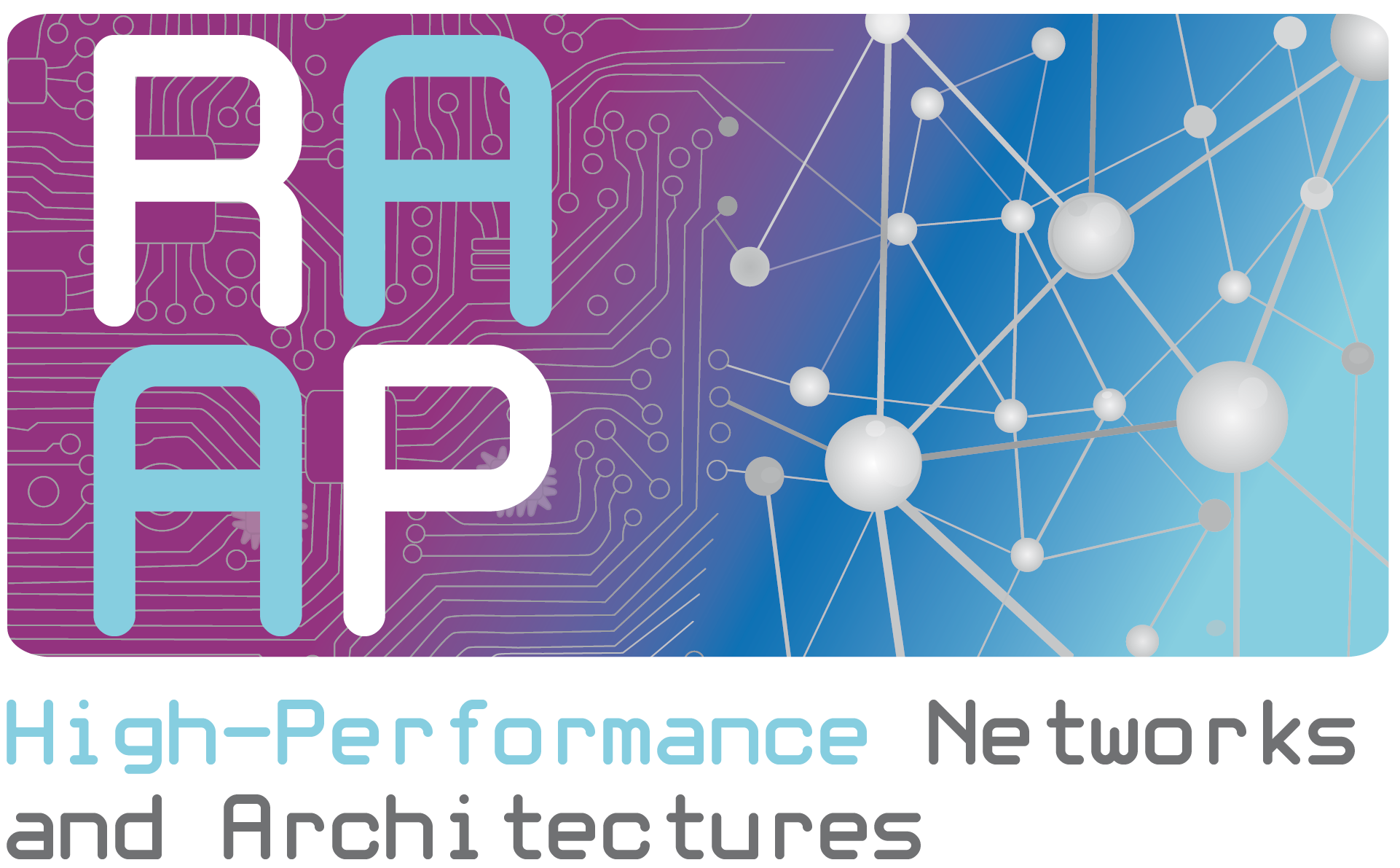The new high efficiency video coding (HEVC) standard has recently been established by the joint collaborative team on video coding (JCT-VC), an expert group proposed by the ISO/IEC moving expert group (MPEG) and the ITU-T video coding expert group (VCEG). HEVC was initially conceived with the purpose of achieving adequate efficiency and performance to deliver high-quality multimedia services over bandwidth-constrained networks, and also to support formats beyond high definition (HD) resolution, such as the new 4 and 8K formats.
Most of the improvements imply a considerable increase in the encoding time. Fortunately, this computational cost can be efficiently reduced by adapting the sequential algorithm to parallel architectures. Over the past few years the computing industry has tended towards including several processing units on a single shared chip. In fact,in terms of massive data computing, there are devices called graphic processing units(GPUs) which are normally used as co-processors to assist the central processing unit (CPU). CPUs and GPUs have different instruction set architectures, forming what it is known as a heterogeneous computing platform.


The complexity of the inter prediction module can be justified by the motion estimation (ME) algorithm, which conducts large amount of repetitive operations that the encoder has to perform on the same picture samples but with different block partitions, i.e. different prediction units (PU) for the same coding tree unit (CTU). While this distribution of time applies to most configurations, the All Intra configuration dispenses with the temporal prediction and opts for the spatial prediction instead. As a result, the intra prediction module can exceed 90% of the total encoding time, given the considerable number of modes it has to test for every PU, namely 33 directional modes, and the DC and planar modes. For this reason, it has to be noted that both prediction modules are equally important depending on the coding configuration used.
The RAAP group has been carrying research in video coding for more than 15 years, achieving significant insights which have been published in relevant conferences and journals, and incorporated to commercial products as well.
-
Design of HEVC Parallelization algorithms for GPUs and/or Multicore devices.
-
Speed-up HEVC Intra/Inter encoders by using heuristic techniques and/or soft computing algorithms
Relevant Publications:
- H. Migallón, J.L. Hernández-Losada, G. Cebrián-Márquez, P. Piñol, J.L. Martínez, O. López-Granado and M.P. Malumbres.
Synchronous and asynchronous HEVC parallel encoder versions based on a GOP approach.
Advances in Engineering Software, ISSN: 0965-9978, February 2016 - Gabriel Cebrián-Márquez, José Luis Hernández-Losada, José Luis Martínez, Pedro Cuenca, Minhao Tang and Jiangtao Wen.
Accelerating HEVC Using Heterogeneous Platforms.
The Journal of Supercomputing, ISSN: 0920-8542, Vol. 71(2), pp- 613-628, February, 2015 - Damián Ruiz, Gerardo Fernández-Escribano, Velibor Adzic, Hari Kalva, José Luis Martínez, Pedro Cuenca.
Fast CU partitioning algorithm for HEVC intra coding using Data Mining.
Multimedia Tools and Application, ISSN: 1573-7721, ONLINE (doi: 10.1007/s11042-015-3014-6), November 2015 - Damián Ruiz, Gerardo Fernández-Escribano, José Luis Martínez and Pedro Cuenca.
Fast intra mode decision algorithm based on texture orientation detection in HEVC.
Signal Processing: Image Communication, ISSN: 0923-5965, Vol. 44(2016), pp. 12-28, May, 2016
Relevant Projects:
- Techniques to improve the architecture of servers, applications and services.
We develop research on chip-multicore architecture and on-chip networks, aiming at increasing performance, reducing power consumption, increasing reliability by means of providing fault-tolerance support, increasing flexibility through virtualization techniques, and reducing silicon area.
People:
 |
Pedro Angel Cuenca Castillo, PhD Full Professor Phone number: +34 967 599 200 – Ext. 2692 Email: Pedro.Cuenca@uclm.es |
 |
Jose Luis Martinez, PhD Assistant Professor Phone number: +34 967 599 200 – Ext. 2294 Email: joseluis.martinez@uclm.es |
 |
Gerardo Fernández-Escribano, PhD Associate Professor Phone number: +34 967 599 200 – Ext. 2034 Email: Gerardo.Fernandez@uclm.es |
 |
Damián Ruiz Coll, PhD Research Assistant Email: damian.ruiz.coll@gmail.com |
 |
Gabriel Cebrian Marquez PhD student Phone number: +34 967 599 200 – Ext. 2651 Email: Gabriel.Cebrian@uclm.es |
